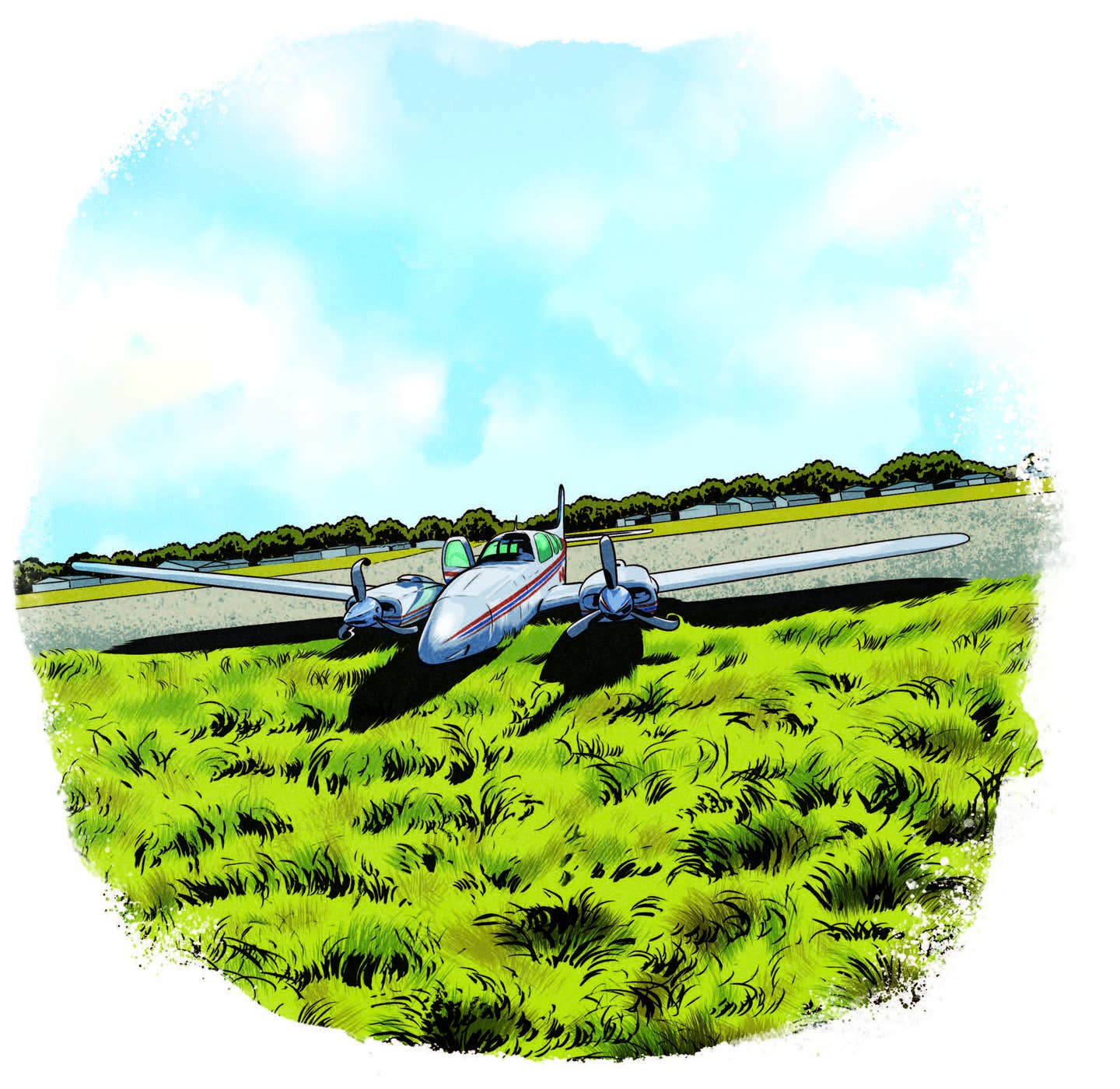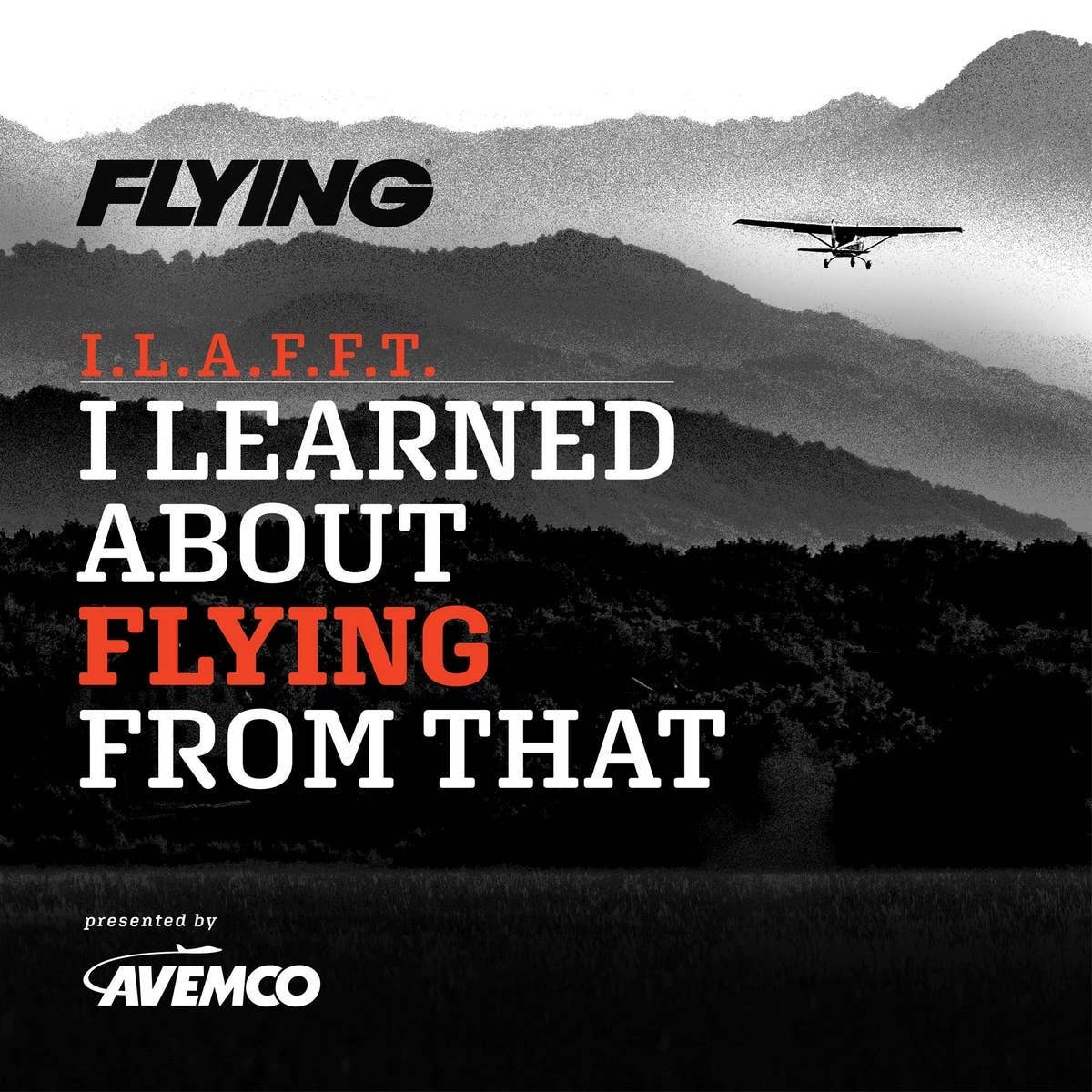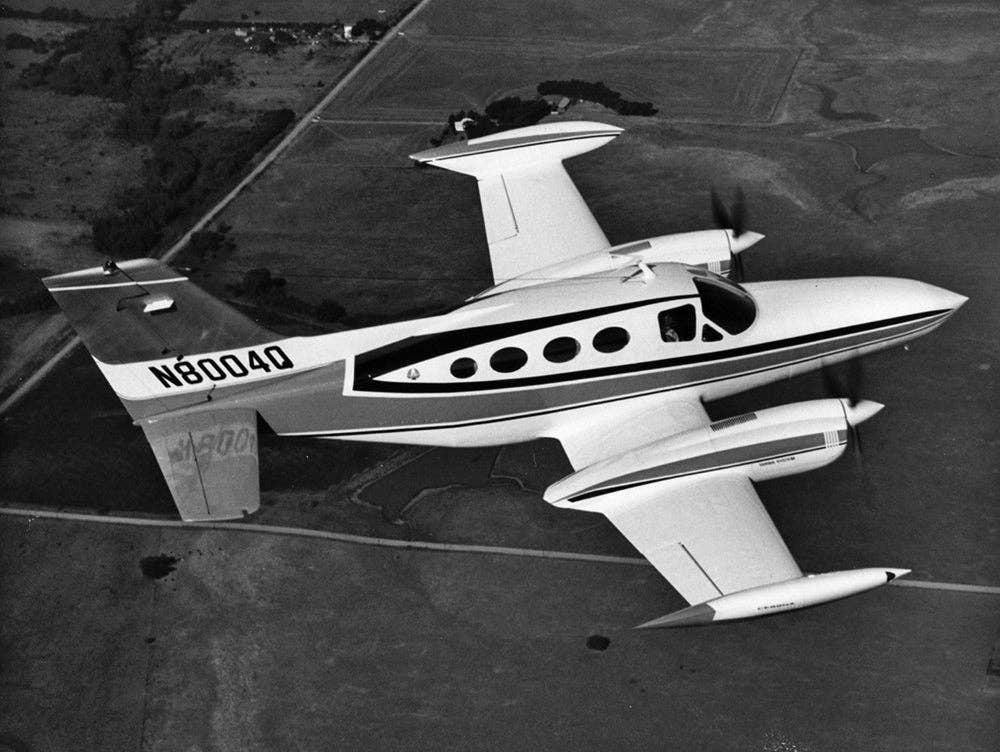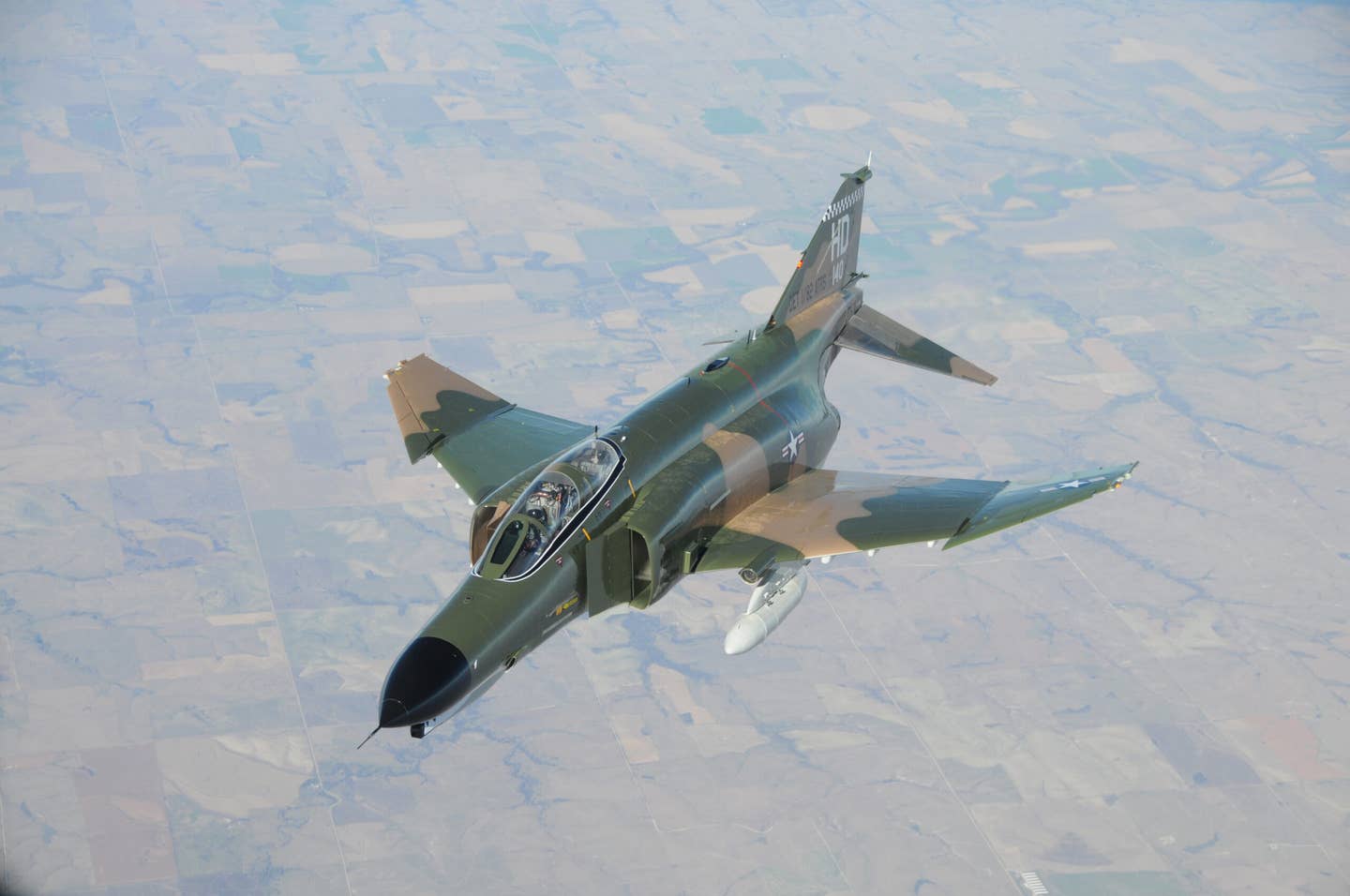
“Three things could have been happening: my gauges were wrong, the burn was far too great, or I was leaking fuel.” Joel Kimmel
Many years ago, a friend landed and left his Cessna 172 in Louisville, Kentucky, because of weather, an hour and half away from our home-base airport in Madisonville. He was far too busy in his business to go back and fly it home anytime soon. As a newly minted 17-year-old private pilot, I jumped at the chance to be his volunteer ferry pilot.
My mentor and neighbor—an Eastern Airlines captain and the only airline pilot living within 30 miles of Madisonville—happened to be driving to Louisville to catch his deadhead to New York. He said I could ride with him to Louisville, and he would help me prepare for the flight. His offer lent my “rescue” mission an air of authority. My friend Catherine thought the plan was grand and volunteered to go on the adventure as well. What could possibly go wrong?
The muggy August air in Western Kentucky hung like kudzu on the oaks as we made our way east on the Western Kentucky Parkway. The high glare cut visibility to maybe 8 miles, my most generous estimate. We were slightly behind schedule, but I calculated we could still make it home before dusk.
When we arrived at the FBO desk in Louisville at 6 p.m., the lineman could barely remember the faded green-on-white 172. He located the airplane on the line board and recalled: “Since I really wasn’t sure on your friend’s plans, I put her back on ‘the Slope.’ I topped her off myself last Saturday evening after the storms cleared.”
My airline-pilot friend drove us out to the old Cessna. The preflight was uneventful. I clicked on the master switch and checked the fuel gauges—both read “full.” On the struts, I dipped a finger in each tank. Full as promised. Satisfied with the airplane and our flight planning, we gratefully sent my airline-pilot friend to catch his flight to New York.
The lineman wasn’t kidding when he called it “the Slope.” I had to set the parking brake once the chocks were removed. Catherine and I boarded, strapped in and fired up the old Lycoming. It ran beautifully. I taxied forward a few feet to sit upright as we copied Bowman Field ATIS and got our taxi clearance.
The weather for the 90-minute rescue mission was technically VFR, with “winds light and variable...visibility 10 miles with haze,” but haze was an understatement. On takeoff, my vision was surprisingly obscured. To be sure, I could see directly below, but I had only a faint horizon—if at all. Most of the time, I was following the compass and looking often at the attitude indicator for reassurance. Catherine, normally reserved, had a lot to say about the sensation but was all smiles. This new and lonely experience as PIC in reduced visibility was sobering. I hoped the visibility would improve.
Straight and level at 6,500 feet, I searched into the fish-gray, nearly featureless cone of visibility below us for the landmarks along our course. At last, Rough River Lake emerged—albeit slightly out of place. Hmm. A quick correction of about 20-plus degrees northward, and we continued on course.
Check out our new content: I.L.A.F.F.T. Podcast
Soon, we neared the halfway mark on my sectional. Per training, it was time for a progress confirmation check. The aircraft was flying perfectly. Oil pressure was fine and—what? My fuel survey revealed an alarming fact. More than half of the fuel we had on takeoff was gone. A quick calculation: I was halfway to the destination and had used more than half of our fuel. That equaled a pretty big problem. Three things could have been happening: my gauges were wrong, the burn was far too great, or I was leaking fuel.
With each gentle bump of the air, the gauges seemed to dip just a little lower. Maintaining at least the appearance of competence for my passenger, I tried to think through the situation. On preflight, the tanks were topped by the lineman. I had personally inspected the tanks as well—full, to the brim. When I first switched on the master, the fuel gauges both read “F.” I had to have started with full tanks. My fuel burn must be too great. But how? At this rate, the burn must be way more than 14 gallons per hour. Impossible—but irrefutably true.
We droned on, now in the presence of considerable doubt. With declining visibility, dusk approaching and an apparently monstrous fuel burn, I had decisions to make. Press on or land safely where could we refuel, recalculate our course, or even reconsider the very wisdom of this trip. The current trajectory took me to about 8 miles short of my destination. Not good. My heart rate increased, and I could see the National Transportation Safety Board report already.
Could I make Bowling Green? Do they have fuel? I assumed so, but the hour was getting late. If we ended up stranded, where could I go with Catherine and no credit card? I struggled with my conscience and decided to land.
Read More: I Learned About Flying From That
We turned definitively southward and began a gentle descent. Twenty minutes later, we were in the pattern at KBWG. Never had the numbers been so inviting. The gauges taunted me with the idea that I could have made it to Madisonville, but I squelched that thought. The tarmac was a place where I could unravel this mystery and think.
The landing was a squeaker. On the ramp, we exited the airplane, and I explained our plight to the evening attendant. He topped the tanks with nearly 24 gallons. The gauges had been right.
Just as in life, reviewing a situation with another often illuminates the real problem. The lineman, Catherine and I discussed our predicament and looked back at the elderly but beautiful bird sitting up proudly on the ramp. Standing safely on terra firma, my thinking was now clear.
On level ground, with the airplane and tanks upright, we could see that there was no leak except in my attention to detail. Topping off the tanks and doing the preflight on the sloped ramp had been the issue. Replacing the 12 gallons burned—and adding the 12 gallons not filled or recognized in Louisville—reconciled all details. “The Slope” had gotten me.
I had been trained by three very different flight instructors: a teenager not much older than I was, a swashbuckler, and a brash retired US Navy captain. Though they approached flying very differently, they all taught me that when presented with a conundrum in the air, “land and sort it out” on the ground. If you eat crow, so be it. I followed their advice and was glad I did.
This story appeared in the June/July 2021 issue of Flying Magazine

Sign-up for newsletters & special offers!
Get the latest FLYING stories & special offers delivered directly to your inbox






